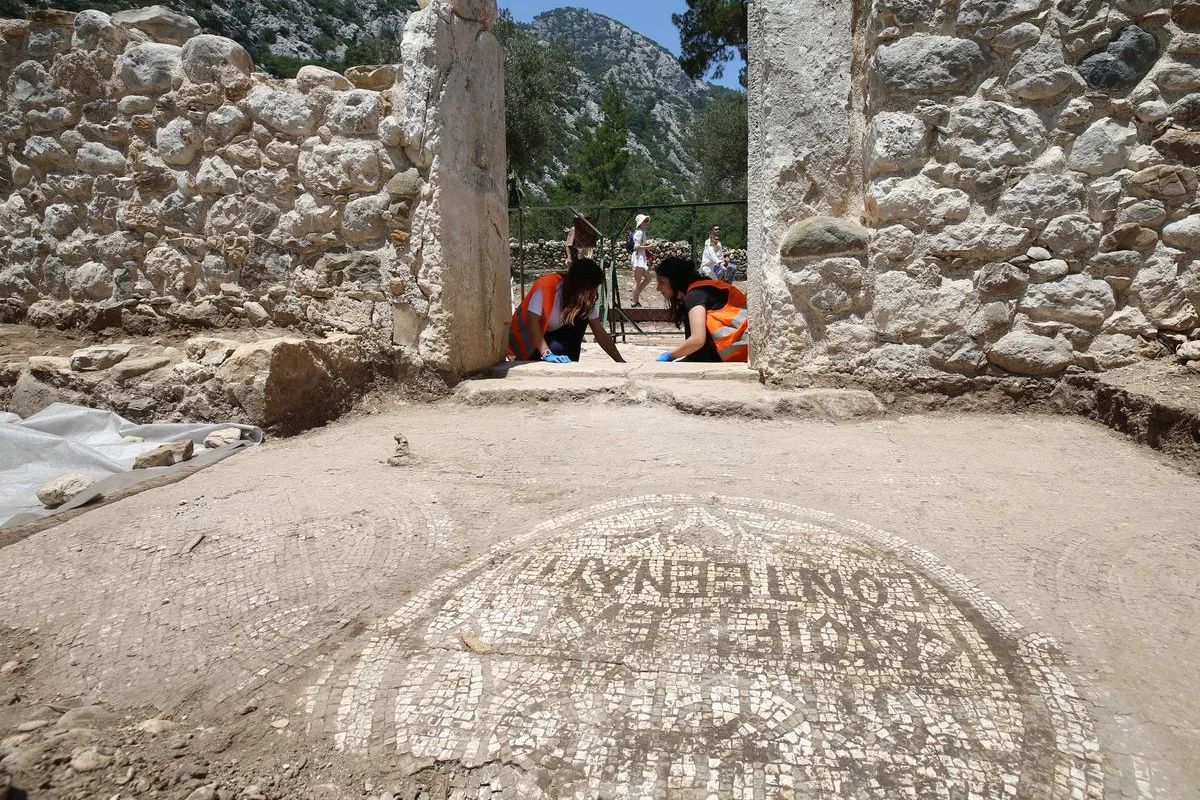Ptolemy’s invention of the astrolabe (1st c. AD) is an excellent astronomical instrument that depicted the celestial sphere and was used to measure the longitude and latitude of the observed stars from any part of the earth and vice versa as a locator and to measure the distance between the sun and the moon.
Like the Antikythera Mechanism, which as been called the world’s first computer, the astrolabe was the fruit of the genius of ancient Greek thinkers. An early astrolabe was invented in the Hellenistic civilization by Apollonius of Perga between 220 and 150 BC, but it was often attributed to Hipparchus.
The Greek scientist Ptolemy of Alexandria, who lived from 85 to 165 AD, created the “Planisphaerium,” which dealt with the problem of mapping figures from the celestial sphere onto a plane, by a method now known as ‘stereographic projection’, that preserves circles.
Ptolemy’s astrolabe consisted of seven concentric modular rings.
The 7th ring (the outer one) was fixed at the level of the meridian and had four signs that defined the horizontal and the vertical.
The 6th was calibrated and rotated freely at the level of the meridian with the points 0o and 90o representing the equator and the pole respectively and was positioned in the direction of the earth axis.
The 5th was turning in the direction of the sun.
The 4th was hinged on the earth axis and watched the daily rotation of the stellar sphere.
The 3rd was calibrated and hinged to the previous one at a distance of about 66th from the poles. It was placed in the positions of the ecliptic, bore the names of the zodiac signs and was used to read the longitudes of the stars.
The 2nd was calibrated, rotated around a vertical axis at the level of the ecliptic and used to read the latitudes of the stars.









